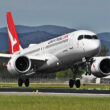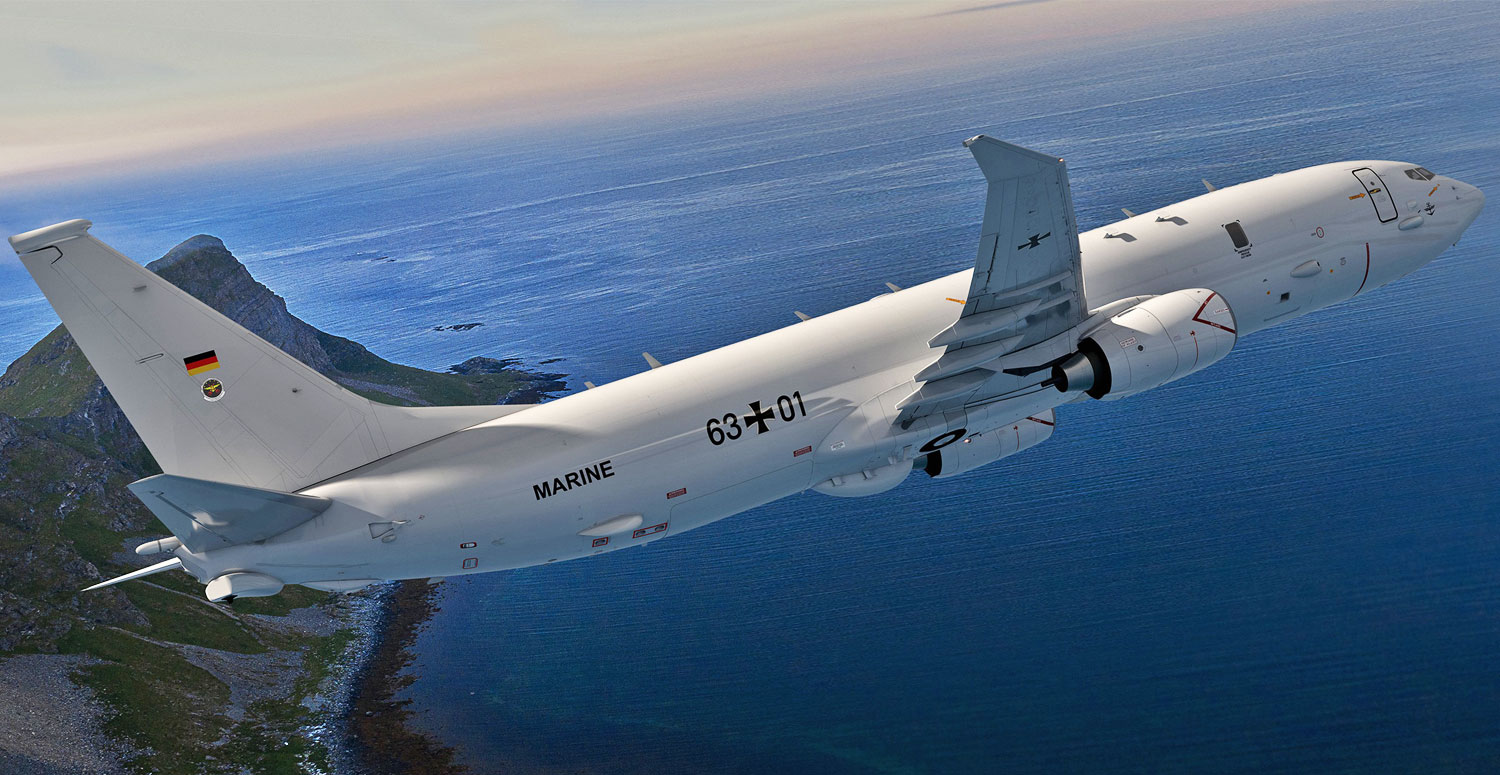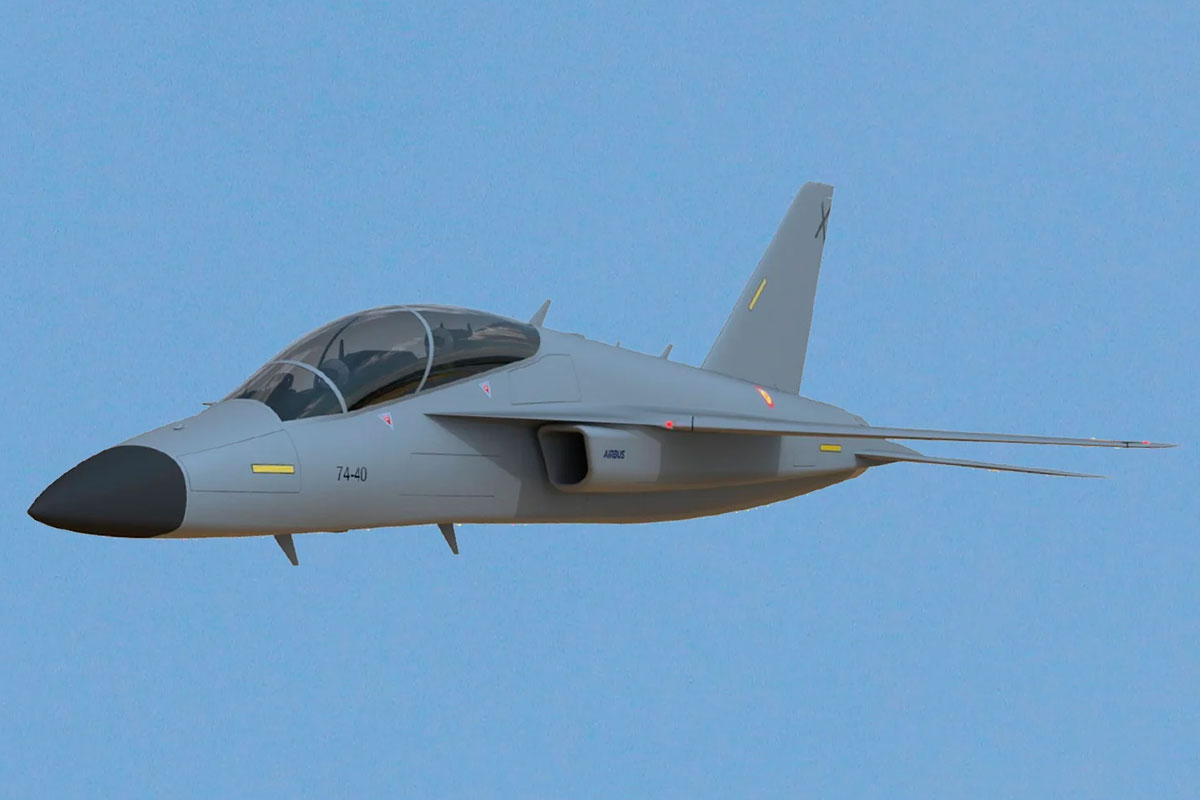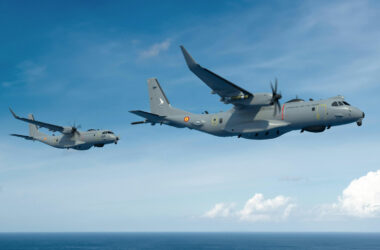The US Air Force (USAF) revealed that it had carried out the maiden flight of the XQ-67A, an unmanned aerial vehicle intended to be a “collaborative” combat aircraft.
Developed by General Atomics, the XQ-67A first flew on February 28 from the company’s Gray Butte facility near Palmdale, California.
The aircraft is the first of the second generation of autonomous collaborative platforms and successor to the XQ-58A Valkyrie.
Follow Air Data News: WhatsApp | Google News | Instagram | LinkedIn | Twitter | Facebook
The US Air Force named the initiative Low Cost Attritable Aircraft Technologies (LCAAT), which stands for a series of low-cost unmanned aircraft that can be put at risk on the battlefield.
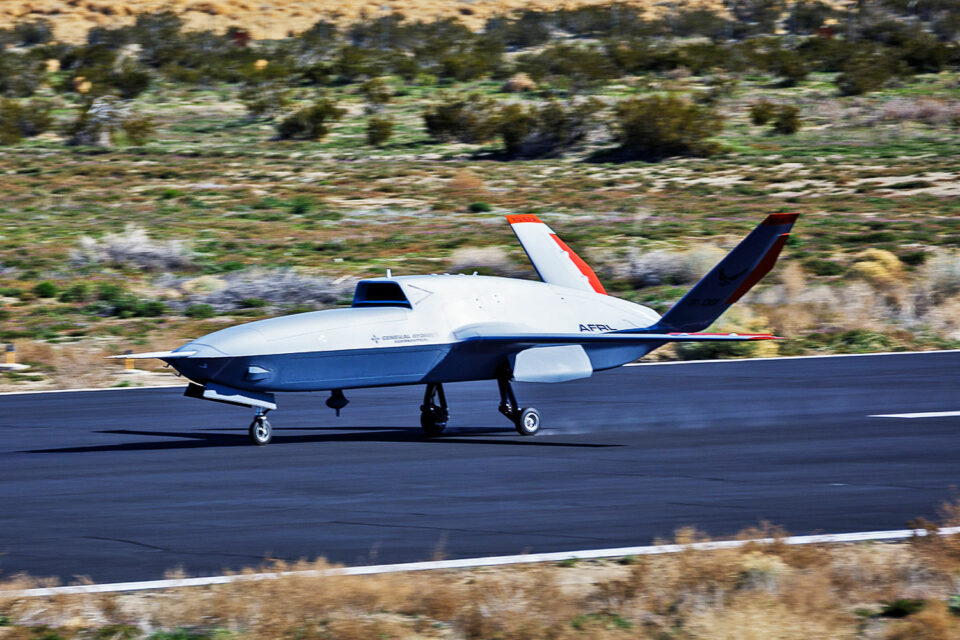
“The first generation was XQ-58, and that was really about proving the concept that you could build relevant combat capability quickly and cheaply,” said Trenton White, program manager.
With advances in the XQ-58’s manufacturing technology, the team created a system design with lower cost and faster construction in mind.
The production approach is the same as a car manufacturer where continuous development over time would also work for aircraft.
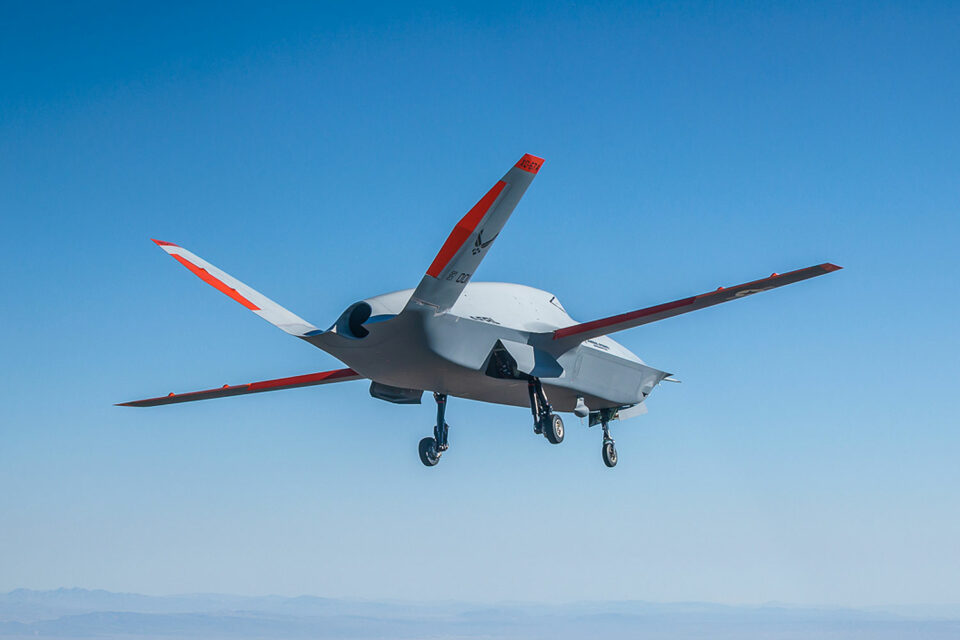
The XQ-67A took just over two years to complete, having been started at the end of 2021.
In the future, collaborative combat aircraft must fly under the command of 6th generation manned fighters, as is the case with the NGAD, under development by the USAF.


